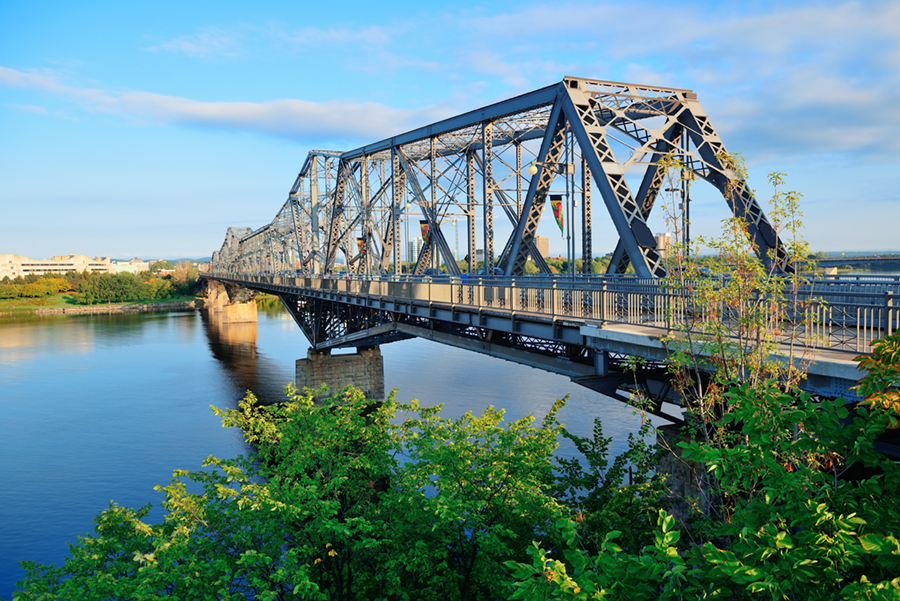Action on addressing embodied carbon has continued to grow since our last roundup blog in December 2017. Embodied carbon refers to upstream and downstream building emissions, including those associated with the construction material harvest, manufacture and transportation phases that are not typically reflected in annual building energy bills. For example, a highly efficient “green building” may have very low annual operating energy and associated carbon; however, that same building could be built using dirty materials like virgin steel and high-carbon concrete without cement minimization. By addressing embodied carbon in addition to operational carbon, we ensure that the carbon footprint of the building’s whole life cycle is minimized. The good news is, there are plenty of options to reduce embodied carbon, and many of them have minimal impact on budget, schedule and performance.
The profile and importance of reducing embodied carbon continue to increase as:
- New building operating energy efficiency improves, meaning embodied carbon grows in relative importance,
- Electricity grids become lower-carbon through the addition of renewables, meaning saving electricity has a decreasing carbon benefit, and
- Increasing frequency and severity of extreme weather events highlight the dire need for immediate and substantial carbon reductions in the short term.
The embodied carbon policy and market landscapes are quickly evolving. Here is a roundup of recent developments. These examples show that low-embodied-carbon buildings are becoming more prevalent and that both policies and voluntary building certification systems are ramping up in ambition.
Smart Carbon Building Day at Global Climate Action Summit
Ryan Zizzo, Technical Director at Mantle, led a session on Embodied Carbon at the Smart Carbon Building Day, an affiliate event of the Global Climate Action Summit, hosted in San Francisco in early September 2018. The session summarized three project case studies focused on driving down embodied carbon to achieve truly net zero developments:
- Norwegian government properties, as the government works towards a climate neutral portfolio by 2030, including embodied carbon.
- Microsoft’s 500-acre campus redevelopment in Redmond, Washington. The design calls for embodied carbon to be reduced by over 60% against business as usual scenarios. The reduction will be equivalent to the annual emissions of 2,200 homes. All remaining emissions will be offset.
- Evergreen’s carbon neutral redevelopment of the historic “Kiln Building” into the Future Cities Centre at their award-winning Brick Works campus in Toronto’s Don Valley. Embodied emissions are being quantified for the entire construction process and will be offset.
These examples prove that true carbon neutral construction is possible.
Additionally, over 100 companies have already signed the Carbon Smart Buildings Declaration which includes a commitment to intensifying action on greening buildings.
Future Cities Canada issues new report on low-carbon infrastructure investment
Future Cities Canada’s recently launched a new report, “Building Canada’s Low-Carbon Approach to Infrastructure Investments through Prioritization, Policy and Procurement.” The report includes eight key recommendations directed at Canadian federal and provincial governments on policy approaches to “drive clean innovation and growth” and “provide guidance for investments in sustainable, low-carbon, resilient infrastructure” that align with planning goals and will offer both economic and community benefits. A number of those recommendations include suggestions to seek opportunities for greater use of life cycle assessment (LCA) to make better procurement decisions and drive down embodied carbon.
California releases more details on their “Buy Clean” legislation
California plans to set an upper limit on the embodied carbon in the following state-purchased construction materials by 2021: structural steel, carbon steel rebar, flat glass, and mineral wool board insulation. Until recently, limited detail was available on how that would be achieved. But the recent amendment signed into law on June 27, 2018 provides more detail on the roll-out plan.
The heart of compliance will be facility-specific environmental product declarations (EPDs) to show the embodied carbon of the applicable materials, measured in global warming potential (GWP). As of 2019, facility-specific EPDs will be requested (but not required) for applicable materials on all government contracts. As of 2020, EPDs will be required; however, no upper limit will be set until 2021. This approach allows the state to understand how much carbon is typically found in these materials (through the one-year period of mandatory EPD submissions) before an upper limit is set in 2021 at the mid-point of that range.
New Zero Carbon Certification updated to include embodied carbon
The International Living Future Institute, managers of the Living Building Challenge, released a new Zero Carbon Certification in April 2018. It was then updated in September to include embodied carbon. The standard now requires embodied carbon to be calculated, reduction strategies to be described and a reduction of at least 10% against a baseline to be achieved. These requirements are similar to LEED v4’s optional LCA credit, but the Zero Carbon Certification goes two steps further.
First, under the Zero Carbon Certification, the total embodied carbon intensity of the project cannot exceed 500 kg CO2e/m2. Second, a one-time purchase of carbon offsets that are equivalent to the total calculated embodied carbon of the project must be made. The addition of a maximum threshold and the requirement of offsetting 100% of embodied emissions are significant evolutions in certification systems’ approach to embodied carbon. These developments could signal a shift from reporting and marginal improvements to taking significant and meaningful action to reduce embodied carbon.

